It was time for a change. For most of my career, I have been shooting with DSLRs, (I started on film SLRs) but as camera technology is always changing I figured it was time to see what the mirrorless revolution was all about.
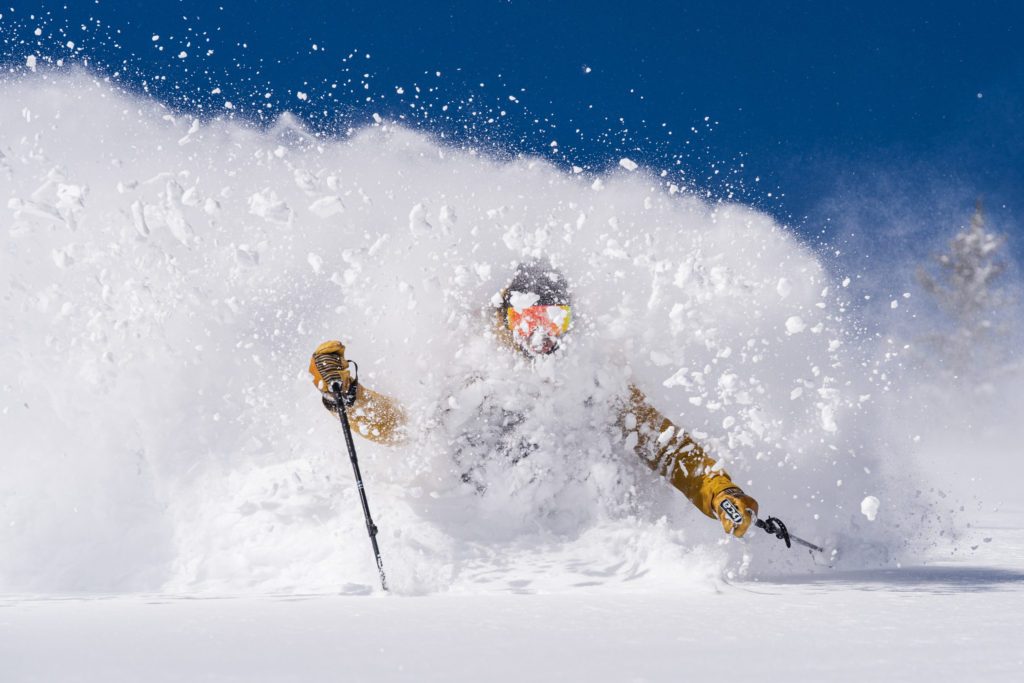
A few months prior, my Canon 5D MKIII had come to the end of its photographic life while shooting a mountain bike race. As I had sold off my 1DX before that, I was left with only one camera, the Canon 7DMKII. As a professional photographer that travels extensively having a single camera is just not an option.

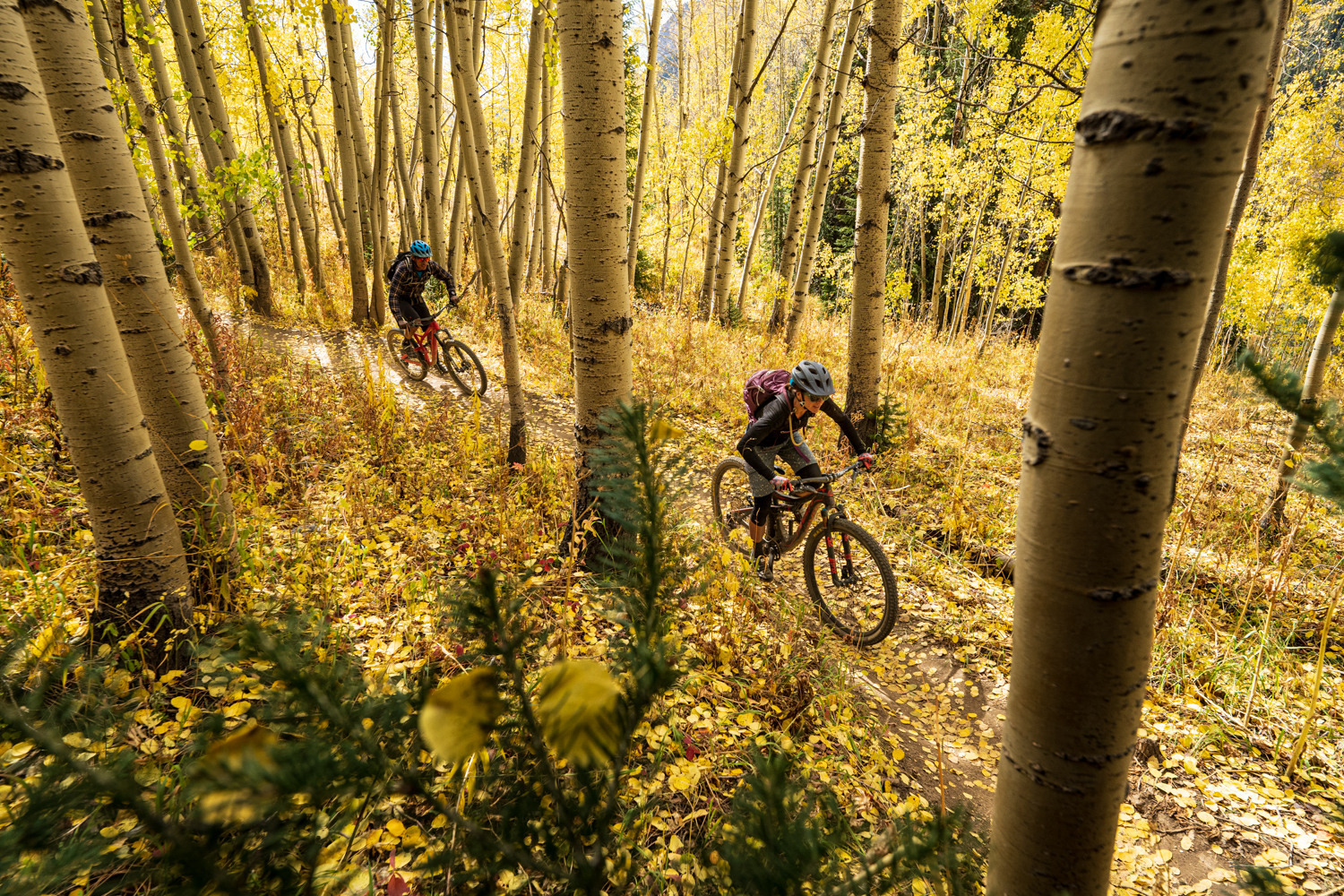
This fall I opted to pick up the Sony a7III. The camera had great reviews and the price was incredible. To start, I shot fall foliage, wildlife, some natural history. And even some action sports assignments. Straight away, the a7III paired with my EF-mount Sigma lenses via the MC-11 adapter and worked beautifully together producing professional results in a smaller lighter system.
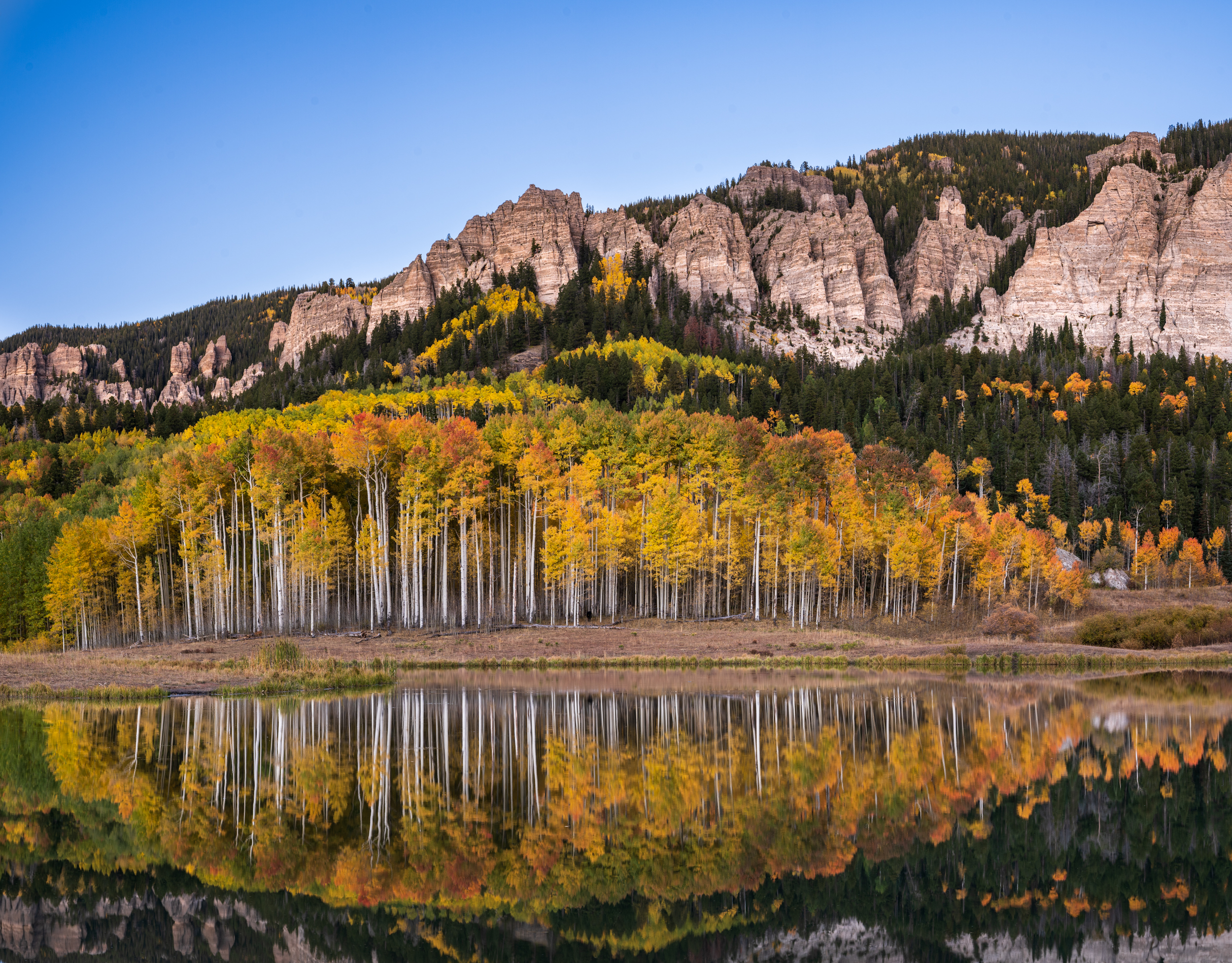
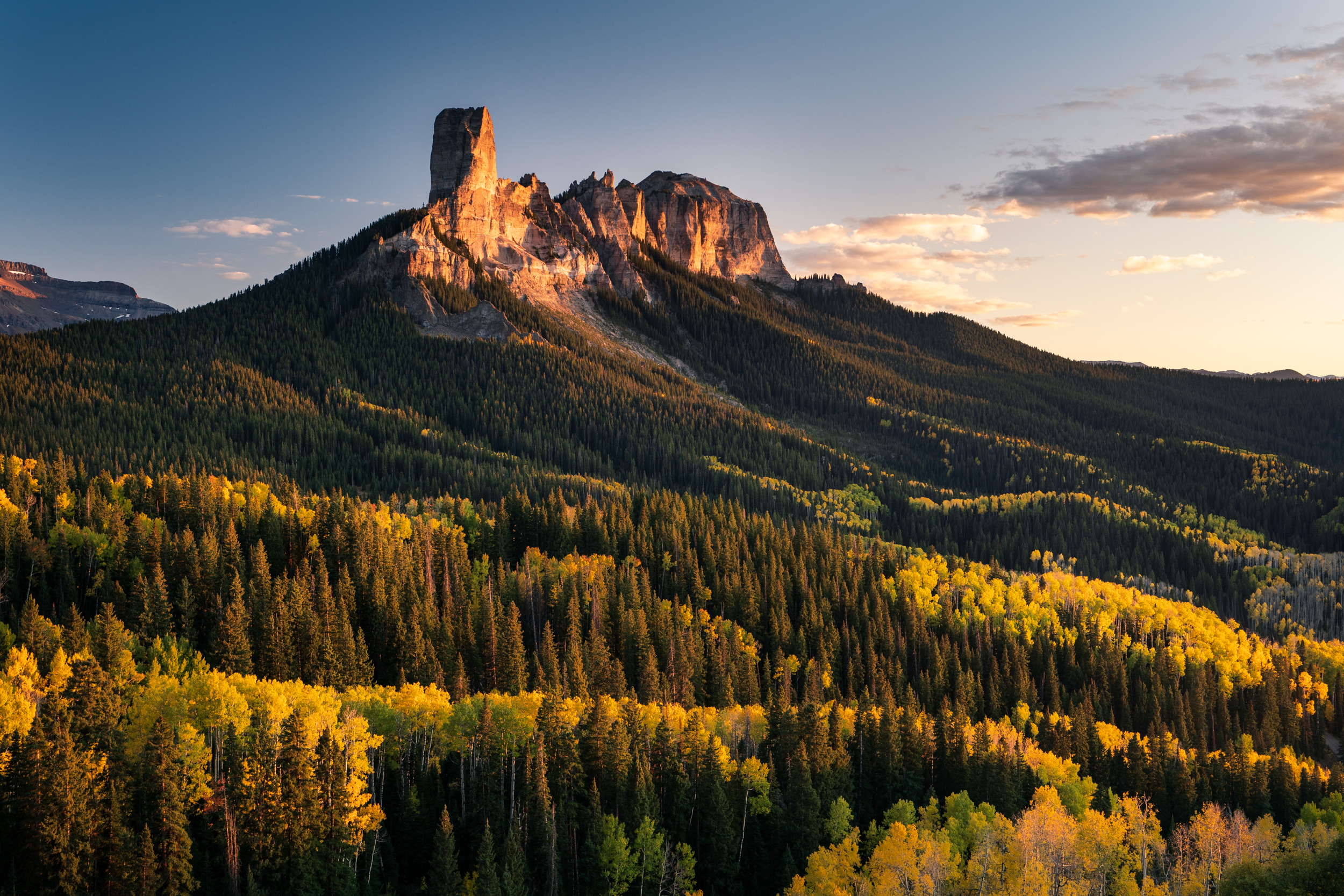
As a dedicated Sigma lens shooter, I was really excited about all the lens options I could choose from. For starters, the entire prime lens lineup is available in Sony E mount and L mount for Sigma, Panasonic and Leica cameras. In addition to that Sigma recently released the 14-24 F2.8 and 24-70 F2.8 DG DN Art zoom lenses. This is particularly important to me as 75% of my photography is done with the lens trinity.
Sigma’s brand-new camera, the fp, has just recently landed on my doorstep. If you haven’t heard, this is the worlds smallest, lightest full frame mirrorless camera. I’ve gotten it out in the field just a few times, but it should be a great companion for my multi-day backpacking trips this spring and summer.
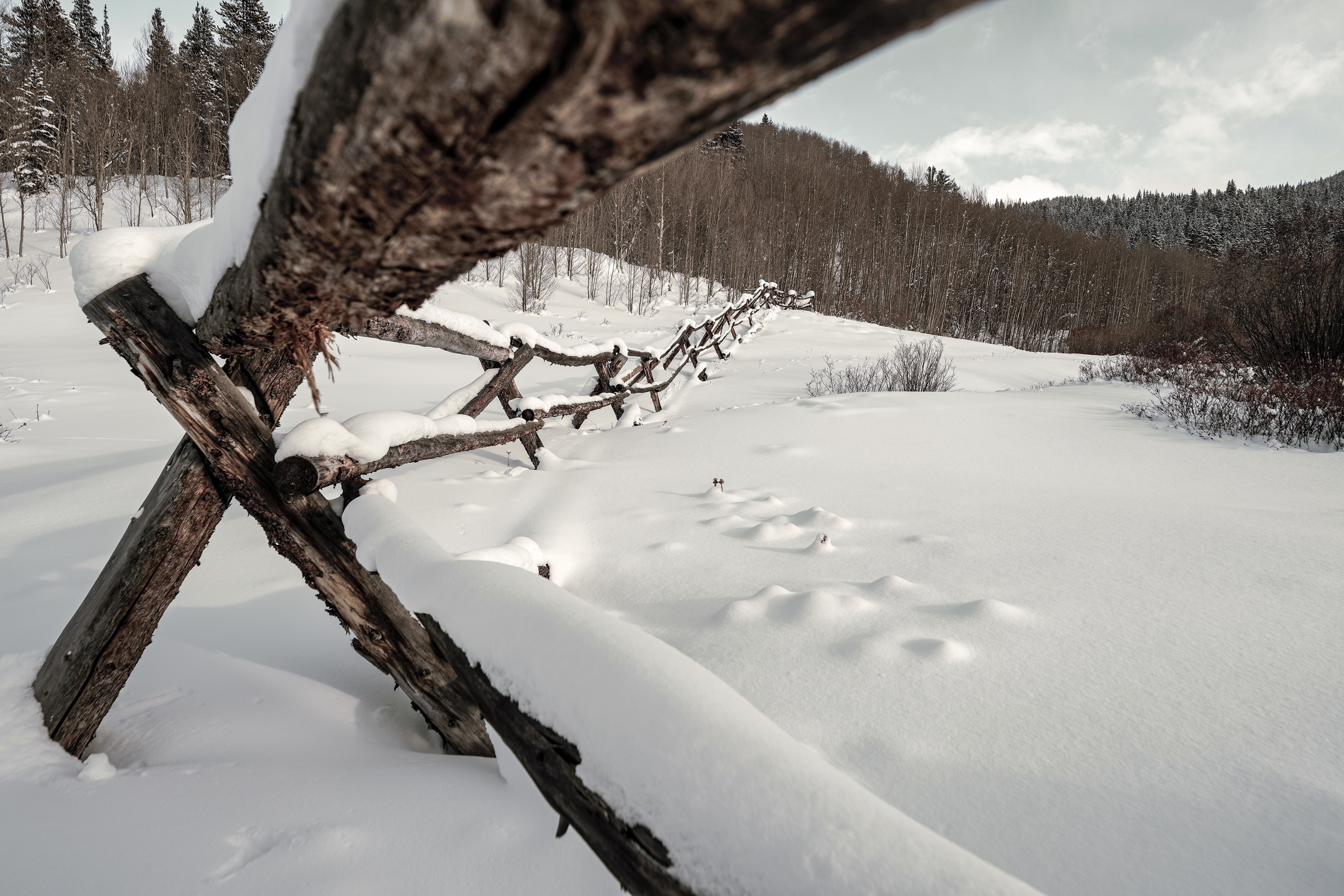
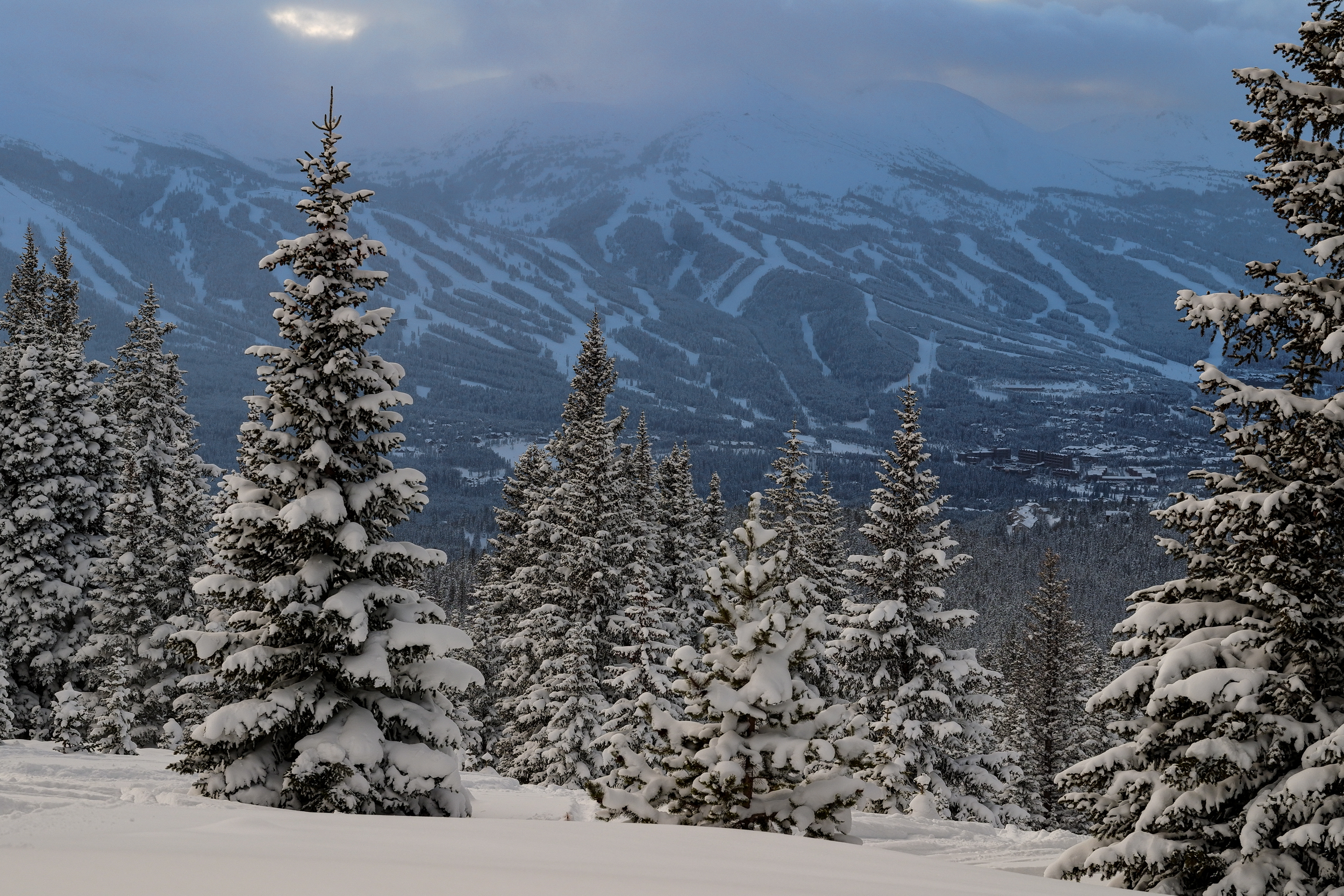
Both the 14-24 and 24-70 f2.8 DG DN zooms have been completely redesigned from their DSLR counterparts. They are both lighter and smaller and specifically designed for high resolution mirrorless cameras. This is a huge plus for those of us that hike our gear up mountains, through deserts and woods and into wild places.


Let’s not forget about the MC-11 Mount Converter either. The MC-11 will take your Canon mount lenses and make them work on your new Sony mirrorless. While some may quickly dismiss using an adapter I can tell you that it works incredibly well. I have used it on both the a7III and the new a9II with excellent results. Shooting fast moving skiers through deep powder during a raging snowstorm is about the toughest thing for your camera and lens to capture. But the Sigma 70-200 S with mc-11 converter just nails it.
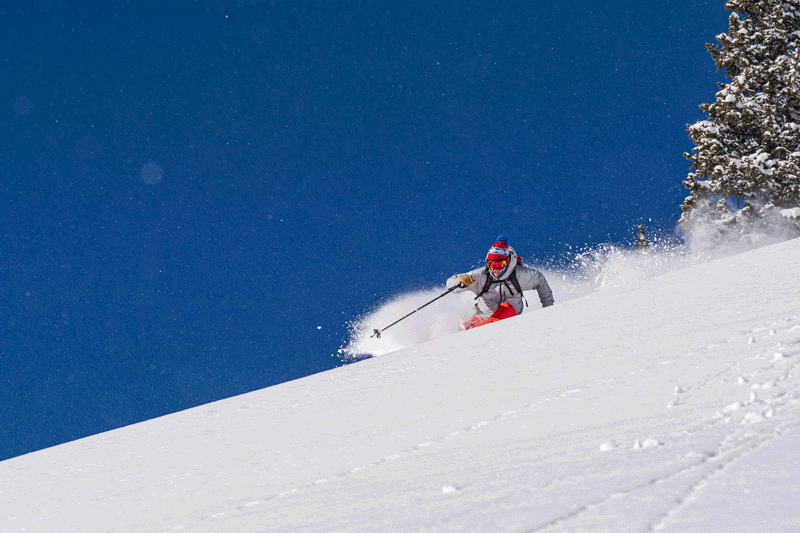
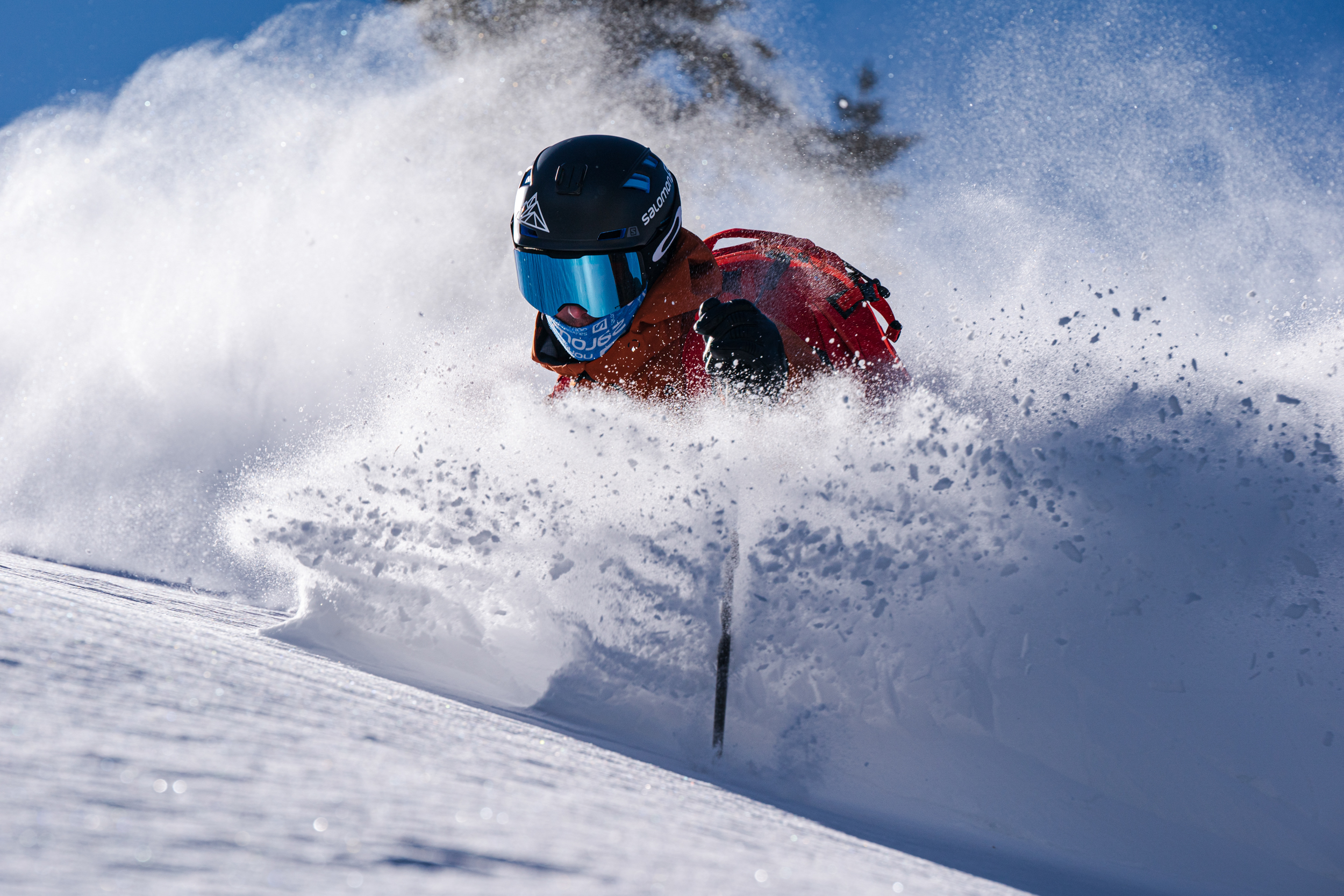
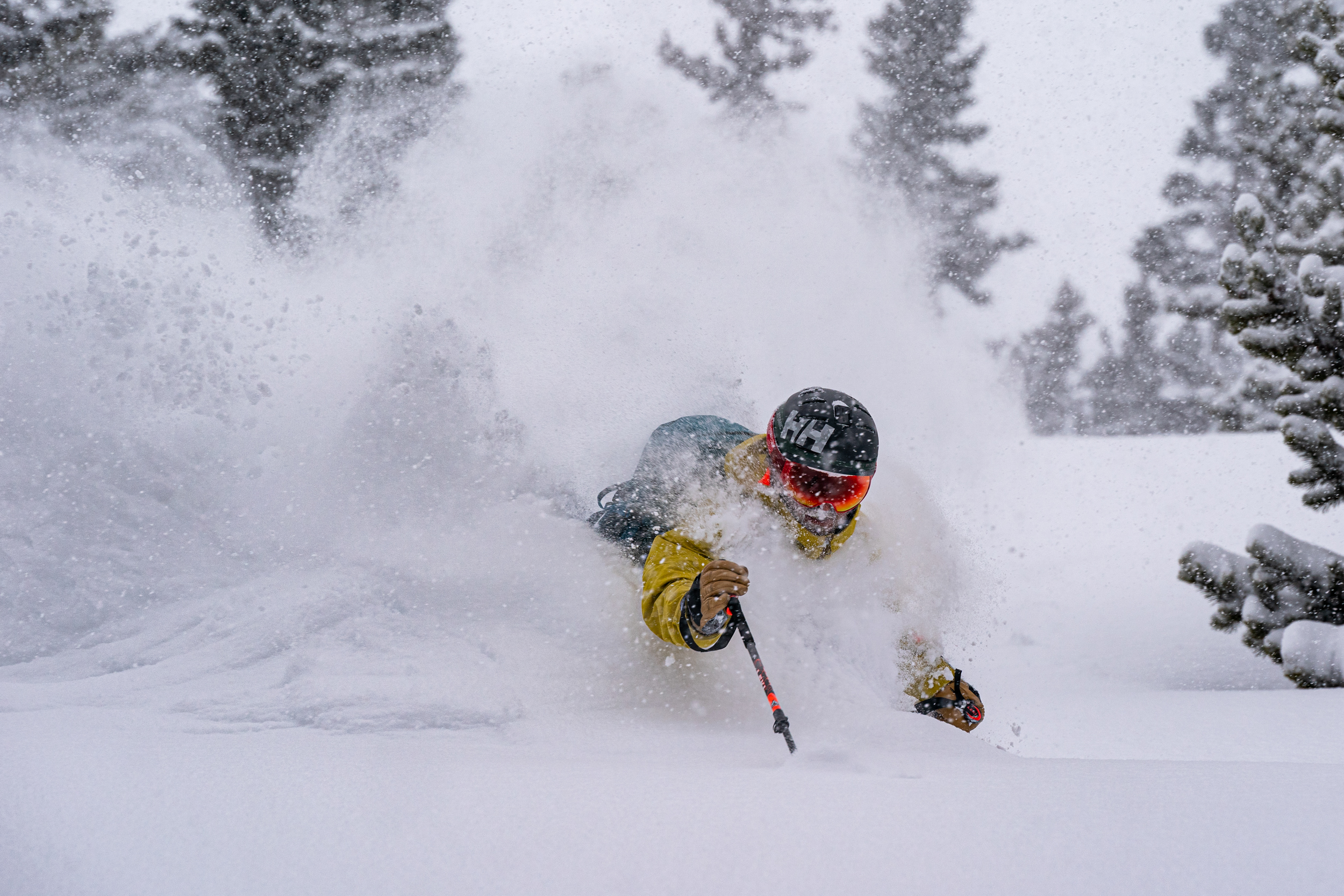
I am new to the world of mirrorless but so far, it’s been extremely positive. As an outdoor photographer that spends copious amounts of time in the backcountry, having a smaller lighter camera and lenses is incredibly beneficial. Add to that, world class autofocus capabilities, stunning image quality, the ability to use all my Sigma lenses and 20 fps frame rates and you have a class leading camera and lens package. I look forward to seeing what you capture with your Sigma glass on a mirrorless camera. Happy Shooting!
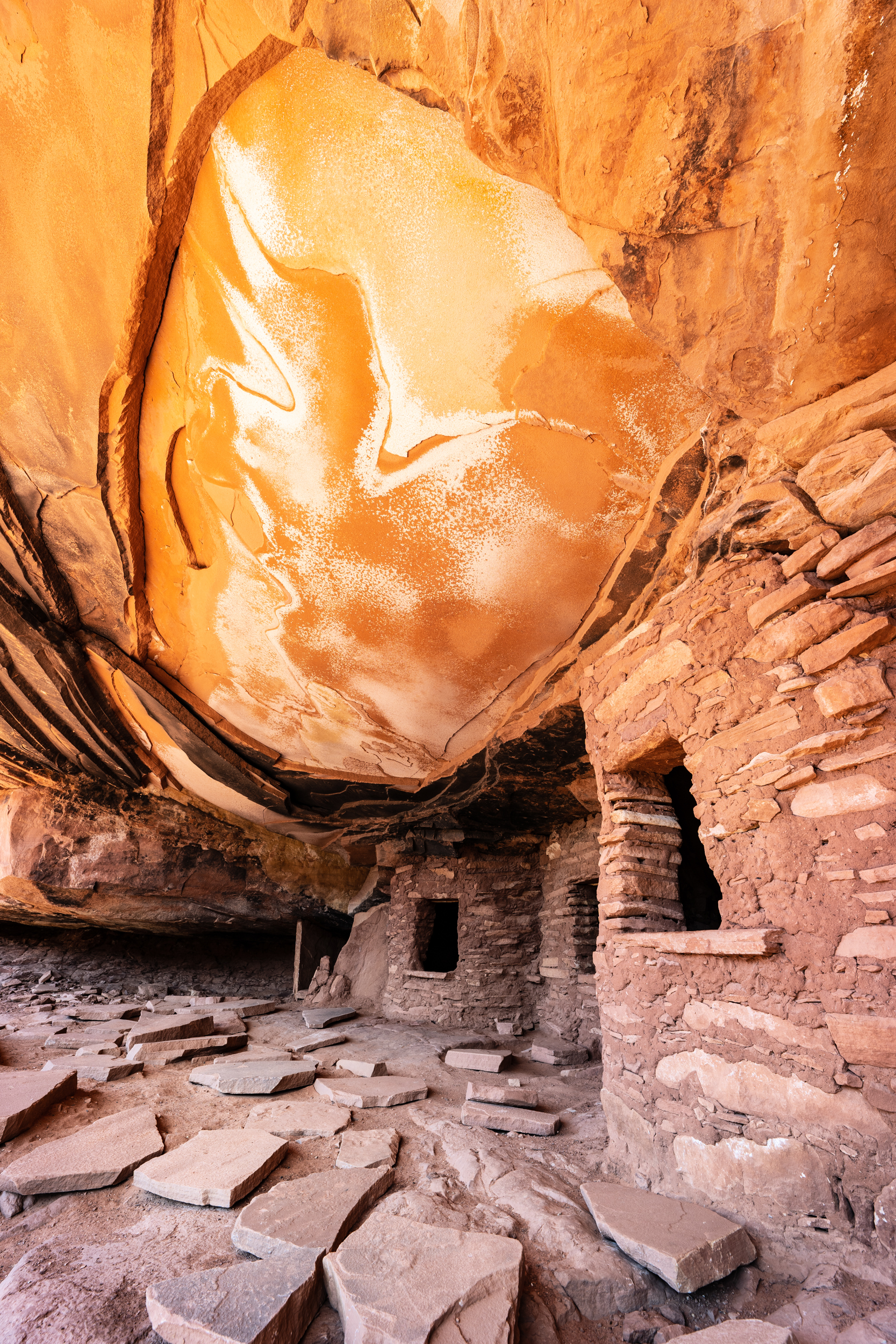

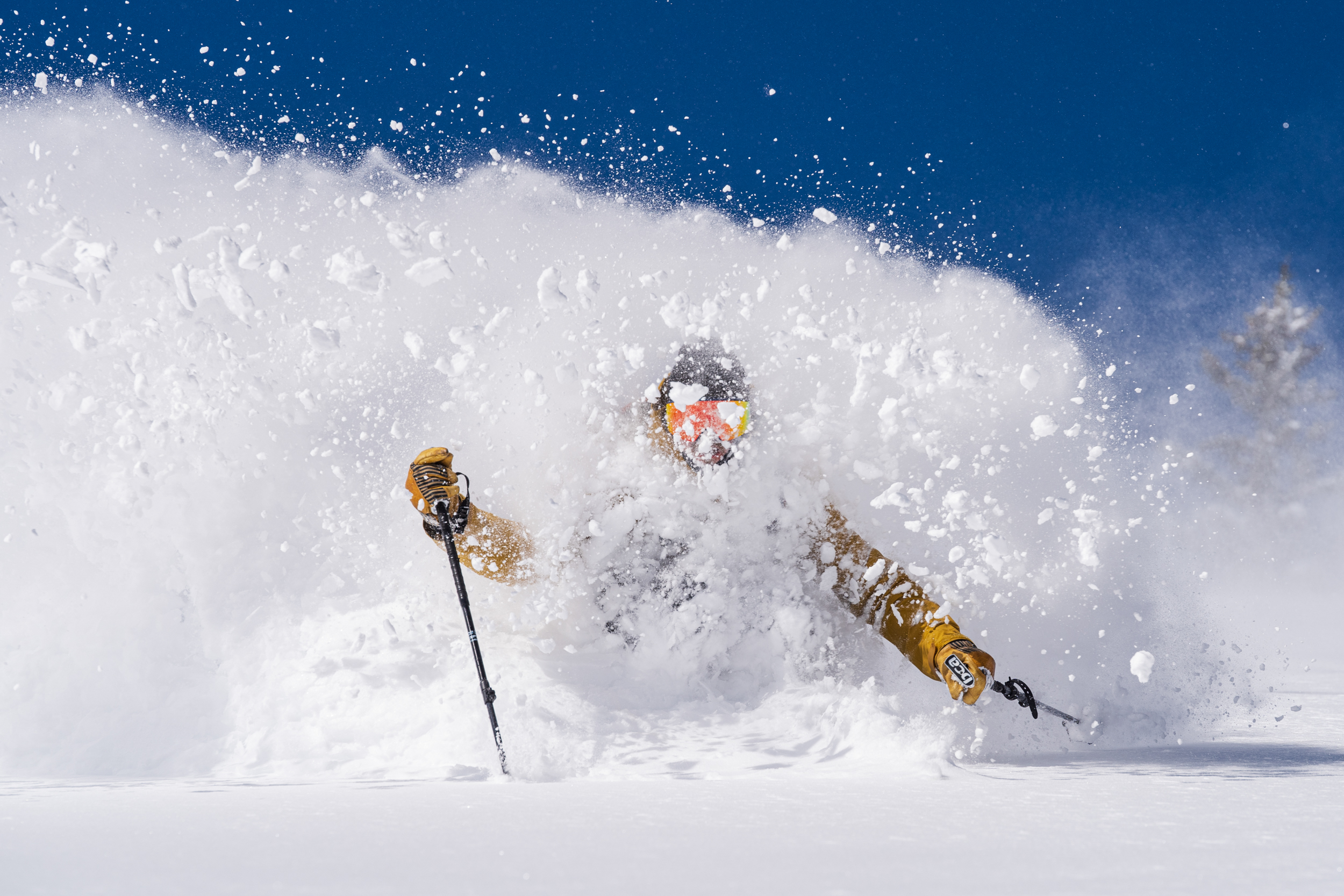
Do you recommend Sony mirrorless? I was wondering if I ought to wait around for the new Canon mirrorless (2020) or find something else. It would be my first mirrorless, and I also shoot action in snow and on dirt (which is why I was hesitant to move to mirrorless). Thank you!
From my perspective, Sony has plenty of advantages, including an excellent autofocus system that works extremely well for sports and action. The Sony A9 and A9 II are incredible platforms for action shooting, and the A7 III with updated firmware is in the same league. Canon has its advantages as well, so it really depends on how they feel in your hands and what you prefer when it comes to image characteristics and lens selection. Either way, Sigma has you covered with a ton of great glass.